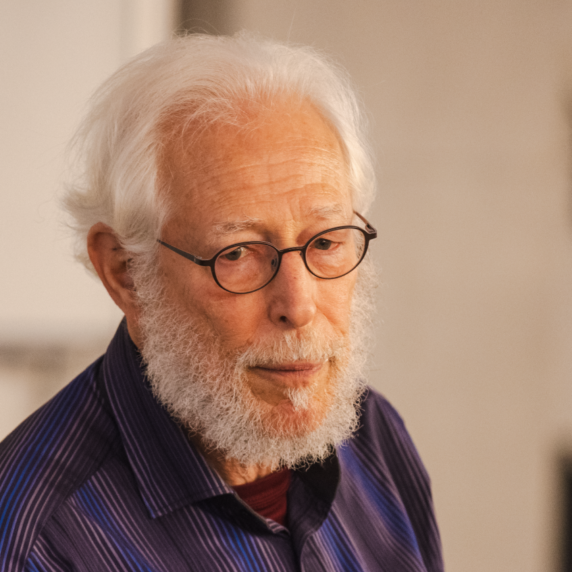


Paul Hoffman had to rise above backlash in exploring a hypothesis that other scientists had ignored. As a result of his perseverance, the adjunct professor in the University of Victoria’s School of Earth and Ocean Sciences has made groundbreaking discoveries about global freezing and plate tectonics in Earth’s early history.
Dr. Hoffman’s impactful research garnered him the 2024 Kyoto Prize in Basic Sciences. The geologist says he is “thrilled” to win the prestigious award “because this is the first time a geologist has been awarded a Kyoto Prize … So, it’s great for geology to be recognized as a basic science.”
As outlined in the Kyoto Prize citation, by the late 1980s evidence emerged that glaciers existed around the equator about 700 million years ago. A potential explanation, the Snowball Earth hypothesis, proposed that the Earth’s surface had been fully covered with ice. That idea was dismissed by many researchers as unrealistic. It was largely thought that a fully frozen state would have led to total life extinction.
But the Snowball Earth theory held that “the long freeze should be followed by a torrid aftermath, the hottest climate the Earth had ever experienced,” explains Dr. Hoffman. “So, I was drawn to it because there was a theory, and the theory made predictions, which could be tested. And now, lo and behold, all of those predictions, as it turned out, were true.”
Geological surveys Dr. Hoffman conducted in Namibia, Africa, were crucial to his ability to test and prove the theory by studying similar glacial deposits of the same age.
Over time, many naysayers came to support his findings. “Much to the credit of the geological community, they have pretty much come around to it, and I think it’s broadly accepted now,” Dr. Hoffman says. “Now, the question that is unresolved, of course, is how exactly the biosphere survived and what parts of the biosphere survived. Because all living things descended from the survivors of Snowball Earth.”
Over the past few years, his work has primarily focused on polar-alpine microbial ecology, “to see whether there’s enough diversity there” to account for all the radiations that followed the snowball. “This ancestry that I’m proposing should be visible in the genomes of living organisms as well,” he explains.